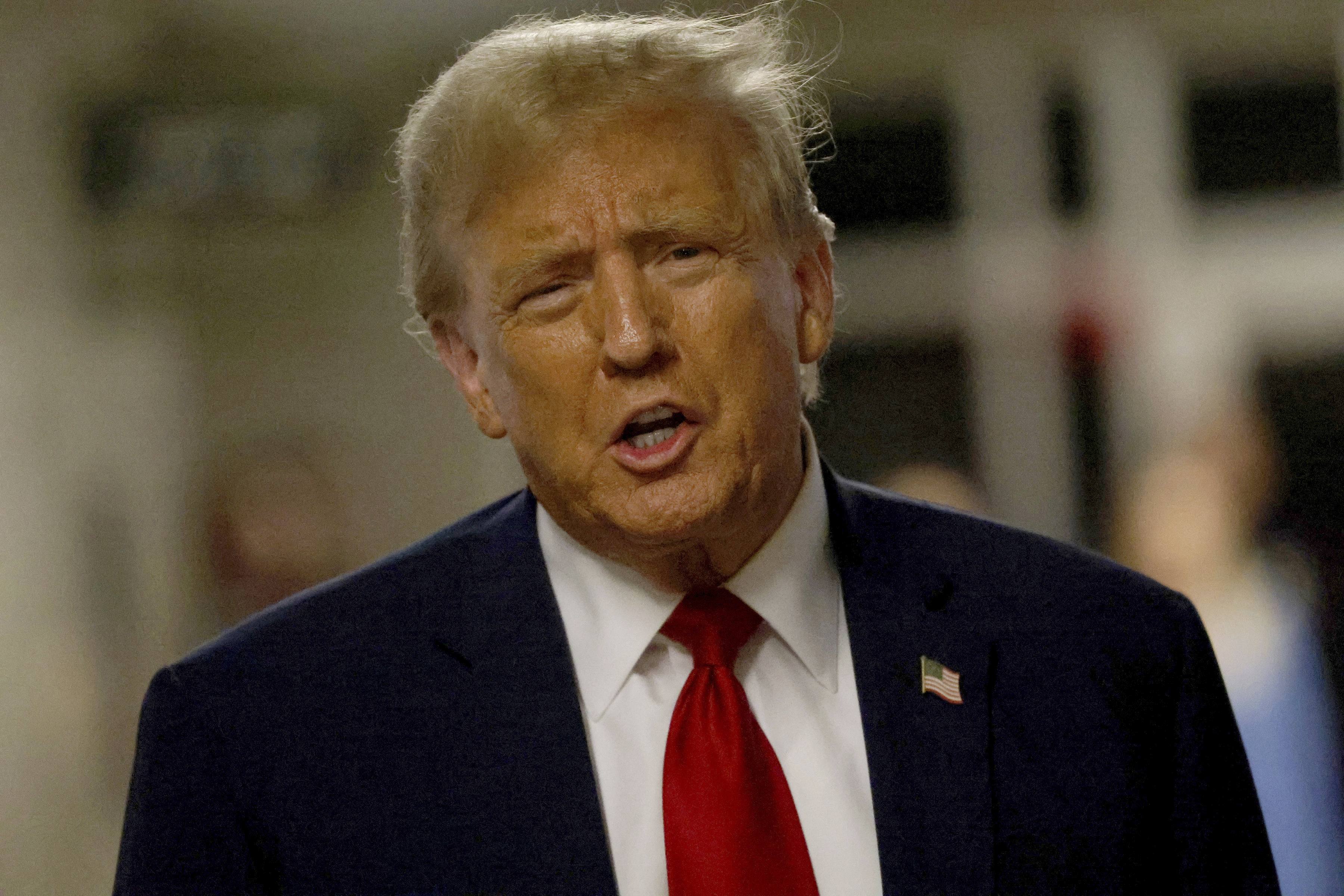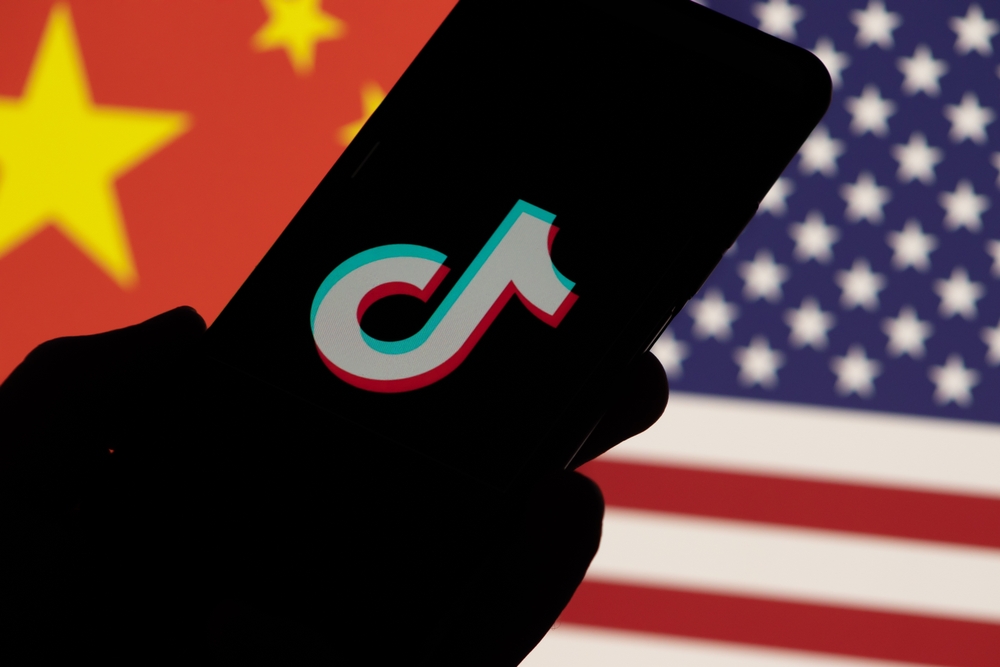HARTFORD, Connecticut, August 4, 2008 (ENS) - Connecticut Attorney General Richard Blumenthal says the representations made by sunscreen manufacturers in their advertising and labeling are "dangerously misleading claims."
In response to a petition by Blumenthal, the U.S. Food and Drug Administration last year issued a new proposed rule to stop misleading claims by sunscreen manufacturers.
But almost a year later, the FDA has not implemented this rule change, prompting a frustrated Blumenthal to urge that the rules take effect in a letter last week to FDA Commissioner Andrew von Eschenbach, MD.
"Today and every day this summer, countless children and their families will be exposed needlessly and dangerously to life-threatening rays, often with a false sense of security created by deceptive claims from sunscreen manufacturers," Blumenthal said.
"The FDA's inaction enables - even encourages - such false claims. Through inertia, the FDA becomes complicit, morally if not legally," he said.
Currently, sunscreen labels are required to carry a Sunburn Protection Factor, SPF, value that informs potential users how well the product protects against UVB light.
Under the proposed rule, SPF designations could not exceed "50+."
U.S. & World
UVA and UVB are types of ultraviolet radiation emitted by the Sun. Although the atmosphere's ozone layer shields us from most of this radiation, the UV light that gets through can cause problems.
UVB light is primarily responsible for sunburn. UVA light penetrates the skin more than UVB light does, and causes tanning. Both types of UV light contribute to premature skin aging, skin cancer, and other types of skin damage.
For UVB, the proposed rule will require a specific sun protection factor number and category rating of low, medium, high and highest.
For UVA, the rule requires a four-star rating system in which four is the greatest protection, and - in addition - a category of low, medium, high and highest.
Announcing the proposal on August 23, 2007 von Eschenbach appeared supportive.
"For more than 30 years, consumers have been able to identify the level of UVB protection provided by sunscreens using only sunburn protection factor or SPF values. Under this proposal, consumers will also now know the level of UVA protection in sunscreens, which will help them make informed decisions about protecting themselves and their children against the harmful effects of the Sun," he said.
Once the rule takes effect, all sunscreen product manufacturers will be required to place a warning in the "Drug Facts" box on sunscreen bottles. The warning will say, "UV exposure from the sun increases the risk of skin cancer, premature skin aging, and other skin damage. It is important to decrease UV exposure by limiting time in the sun, wearing protective clothing, and using a sunscreen."
The warning is intended to increase awareness that sunscreens are only one part of a sun protection program.
But nearly a year later the rule is still a proposal.
In his letter to the FDA commissioner, Blumenthal urged immediate implementation of the proposed sunscreen rule.
"For far too long sunscreen manufacturers have exploited the FDA's abject failure to enact regulations that ensure truthful, accurate claims in sunscreen advertising and labeling," the attorney general said.
Blumenthal's action in 2007 followed the FDA's failure to adopt rules that in 1999 it updated - but stayed. That version of revised sunscreen labeling rules also would have prohibited sunscreen makers from making misleading claims about their protection levels.
After the new rule is adopted, the sunscreen makers may have as long as a year or two to actually comply with the stricter labeling requirements.
Copyright Environment News Service (ENS) 2008. All rights reserved.




